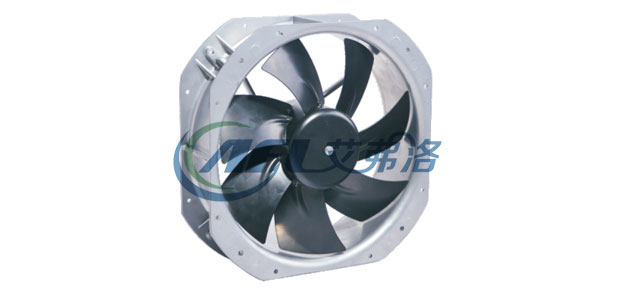Eccentric design request request plan selection
The conditions usually given in the design of centrifug […]
The conditions usually given in the design of centrifugal fans are: volumetric flow, total pressure, working medium and its density (or working medium temperature), and sometimes structural requirements and special requirements.
The requirements for centrifugal fan design are mostly: the working condition point that meets the required flow and pressure should be near the highest efficiency point; the highest efficiency value should be as large as possible, the efficiency curve should be flat; the stable working range of the pressure curve should be wide; the fan structure should be simple , Good manufacturability; convenient selection of materials and accessories; sufficient strength and rigidity, safe and reliable work; stable operation, low noise; good adjustment performance, strong work adaptability; fan size as small as possible, light weight; convenient operation and maintenance , Easy to disassemble and transport.Dual Inlet Centrifugal Fan Suppliers
However, it is generally impossible to meet all the above requirements at the same time. There are often contradictions between aerodynamic performance and structure (strength, craftsmanship), and the main contradiction is usually resolved through coordination. This requires the designer to choose a reasonable design plan to resolve the main contradiction. E.g:
With the different uses of fans, the requirements are different. For example, fans used in public buildings are generally used for ventilation. Generally, the most important requirement is low noise. Multi-blade centrifugal fans have this feature; and require large flow Centrifugal fans are usually double suction type; for some high-pressure centrifugal fans, the specific speed is low, and the relative proportion of leakage loss is generally larger.

Several important options for centrifugal fan design:
(1) Reasonable choice of blade type: For common fans at a certain speed, if the pressure coefficient of the backward impeller is smaller, the impeller diameter is larger and its efficiency is higher; the opposite is true for the forward impeller.
(2) The choice of fan transmission mode: If the transmission mode is A, D, F, the fan speed is the same as the motor speed; while the B, C, E three are all variable speeds, the fan speed can be selected flexibly during design. Generally, transmission A, which is directly connected to the motor, is widely used for small fans. For large fans, sometimes belt transmission is not suitable, and transmission modes D and F are mostly used.
Under high temperature and dusty conditions, the transmission method should also consider the protection and cooling of the motor and the bearing.
(3) Selection of volute dimensions: the volute dimensions should be as small as possible. For high specific speed fans, a shortened worm shape can be used, and for low specific speed fans, a standard worm shape is generally used. Sometimes in order to reduce the size of the volute, the exit speed of the volute is greater than the inlet speed of the fan. In this case, an exit diffuser is used to increase its static pressure.
(4) Selection of blade exit angle: The blade exit angle is one of the main geometric parameters to be selected first in the design. For ease of application, we classify the blades as: strong backward curved blades (water pump type), backward curved arc blades, backward curved straight blades, backward curved airfoil blades; radial outlet blades, radial straight blades; forward curved blades , Strong forward curved blades (multi-wing blades). Table 1 lists the approximate range of the outlet angle of these blade types in centrifugal fans.
(5) Selection of the number of blades: In a centrifugal fan, increasing the number of blades of the impeller can increase the theoretical pressure of the impeller, because it can reduce the influence of relative vortex (that is, increase the K value). However, the increase in the number of blades will increase the friction loss of the impeller channel, which will reduce the actual pressure of the fan and increase the energy consumption. Therefore, there is an optimal number of blades for each type of impeller. The specific number of blades is sometimes determined based on the designer's experience. According to the current application situation in my country, table 2 recommends the selection range of the number of blades.
(6) Selection of total pressure coefficient Ψt: When designing a centrifugal fan, the actual pressure is always given in advance. At this time, the total pressure coefficient Ψt needs to be selected. For the approximate selection range of the total pressure coefficient, please refer to Table 3.
(7) Determination of the main geometric dimensions of the inlet and outlet of the centrifugal impeller: The main dimensions of the impeller are shown in Figure 1. The impeller is the only element that the fan transmits to the gas energy, so its design has a great impact on the fan; whether the main structure of the impeller can be correctly determined, plays a key role in the performance parameters of the fan. It contains the key technology of centrifugal fan design-blade design. The most critical part of blade design is how to determine the blade exit angle β2A.

